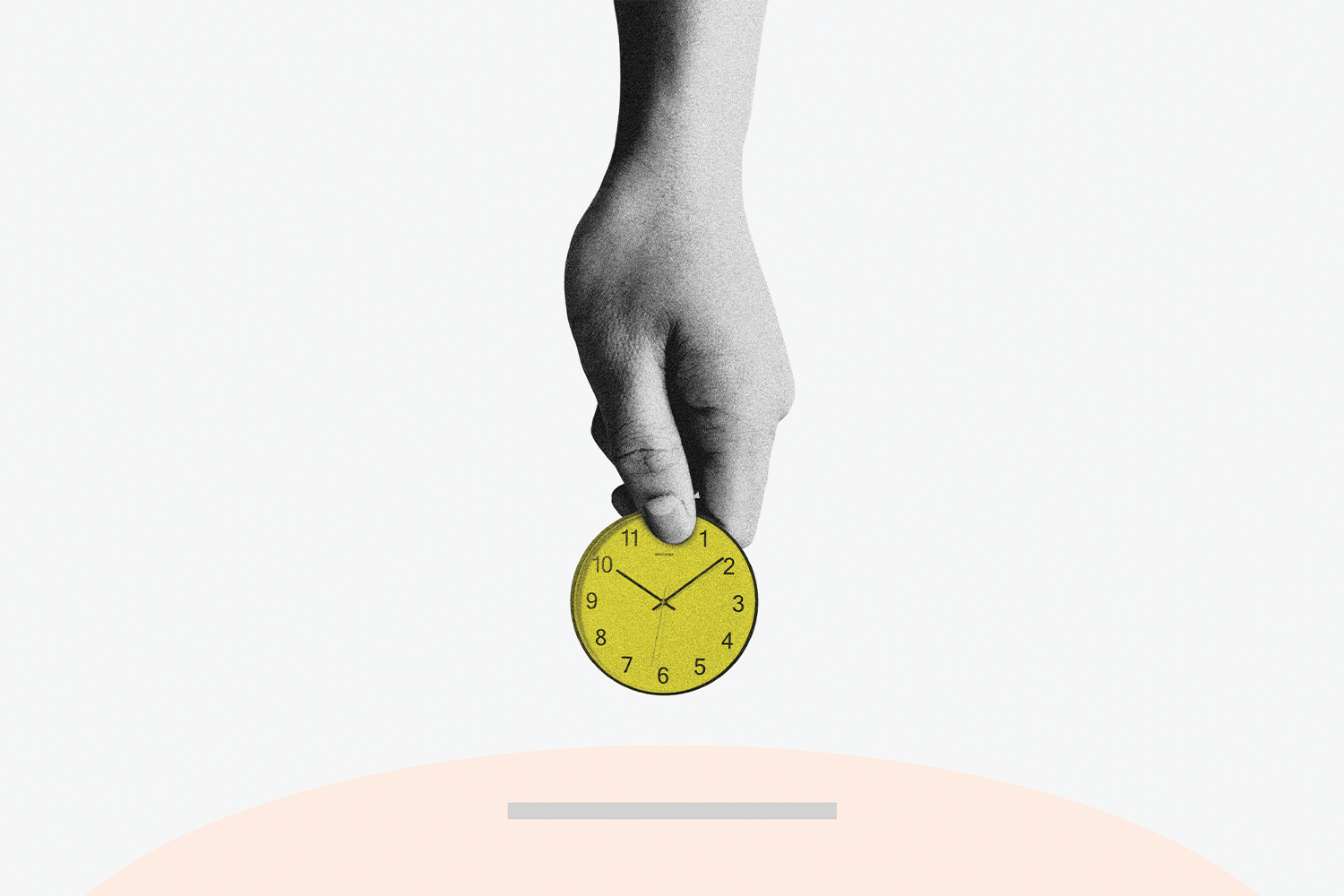In the realm of UX design, prototyping has emerged as a crucial step in the product development cycle, serving not only to refine user experience but also as a cost-saving measure. By creating interactive mock-ups of digital products early in the design process, teams can identify and address usability issues, thereby preventing potentially expensive problems from surfacing later during development. Let’s delve into how prototyping contributes to cost efficiency, with examples of successful applications and an exploration of associated tools and software.
Preventing Costly Development Challenges
The essence of prototyping lies in its ability to simulate user interactions and uncover usability flaws before a single line of production code is written. Consider this: catching design flaws early in the process can prevent significant rework during later stages of development. Here’s how prototyping can save millions:
- Intuit’s QuickBooks Self-Employed: Intuit prototyped extensively during the development of QuickBooks Self-Employed, a financial management tool for freelancers. Through prototyping, Intuit discovered usability challenges and areas for improvement in the initial designs. By refining the product based on user feedback from prototypes, Intuit avoided costly redesigns post-launch and ensured a more intuitive user experience.
- Dropbox’s Simplified Onboarding: Dropbox famously redesigned its onboarding process through rapid prototyping. By testing various user flows and interface designs with prototypes, they were able to optimize the experience, leading to increased user engagement and fewer support requests. This iterative approach saved Dropbox from investing in features that ultimately didn’t resonate with users.
Identifying Weak Points in UX
Prototyping helps unearth potential weak points in user experience design. These weak points can include confusing navigation, unclear information hierarchy, or frustrating interactions. By discovering and rectifying these issues early, teams prevent costly redesigns and rewrites later on.
Tools for Effective Prototyping
Today, several tools empower UX designers to create sophisticated prototypes efficiently:
- Figma: Known for its collaborative features, Figma allows teams to create and iterate on designs in real-time. Its prototyping capabilities enable designers to craft interactive experiences seamlessly.
- Sketch: Widely used by designers, Sketch offers a range of plugins and integrations for prototyping. Its intuitive interface makes it a favorite among UI/UX professionals.
- Adobe XD: Part of Adobe’s Creative Cloud suite, XD is designed for creating interactive prototypes with ease. It integrates well with other Adobe products, streamlining workflows.
Understanding UX Better with Analytics Tools
To complement the prototyping process and gain deeper insights into user behavior, UX designers can leverage analytics tools:
- Hotjar: This tool provides heatmaps, session recordings, and user surveys to understand how users interact with prototypes and live products.
- Google Analytics: Integrating Google Analytics with prototypes helps track user flows and behavior, informing design decisions based on real data.
Conclusion
In summary, prototyping plays a vital role in UX design, not only enhancing user experiences but also preventing high development costs. By simulating interactions early, designers can catch usability issues, optimize designs, and align products more closely with user needs. The evolution of prototyping tools and complementary analytics platforms empowers UX teams to create impactful digital experiences efficiently. Embracing prototyping as a fundamental practice can lead to more successful product launches, reduced development expenses, and ultimately, happier users.



